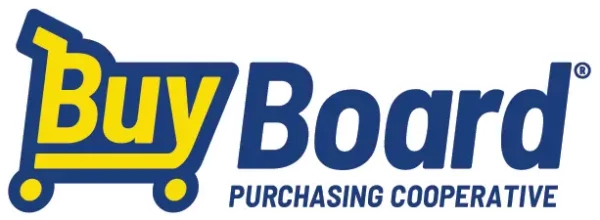Video Transcript
Christopher Glaeser: Hello, I’m Christopher and we’re here today at North Star, gorgeous weather, we’re here for a downhill race. And today I’m speaking to Adrienne Schnieder. Hello, Adreinne.
Adrienne Schneider: Hi there.
Christopher Glaeser: Adrienne is going to tell us a little about how she uses Freelap. I think mostly what people want to know is what do you see as the benefits of Freelap.
Adrienne Schneider: It’s really easy. Right before race runs, a week before a race I will set the wands on the race course and I can see where I’m fast, where I’m slow, and where I’m improving. Friends can also wear the same watch and we can compete against each other before the race runs. It’s awesome.
Christopher Glaeser: And the small size, easy and portable?
Adrienne Schneider: It’s so light you can throw it in your pocket, you can throw in your camel back, it’s really easy.
Christopher Glaeser: Now, specifically, how far apart do you place the sensors? What type of area are you timing, and what are you looking for? What types of timing information are you trying to acquire?
Adrienne Schneider: A typical downhill race is three to seven minutes. Therefore, I’ll put the wands at the top and the bottom and possibly the middle with a third wand. And then you can just time yourself. The courses don’t change much so you can look at last year’s times and see what the winners were. And you can keep doing it multiple times to see if you can improve your own time versus last year’s pro’s or any other class.
Christopher Glaeser: Excellent. A little bit about what your plans are this year and in the future?
Adrienne Schneider: I would like to do the World Cup again next year, which is awesome, and do the rest of the races here at North Star, and do some more traveling, having fun.
Christopher Glaeser: Well thanks, Adrienne, for sharing with us.
Adrienne Schneider: Thanks!


